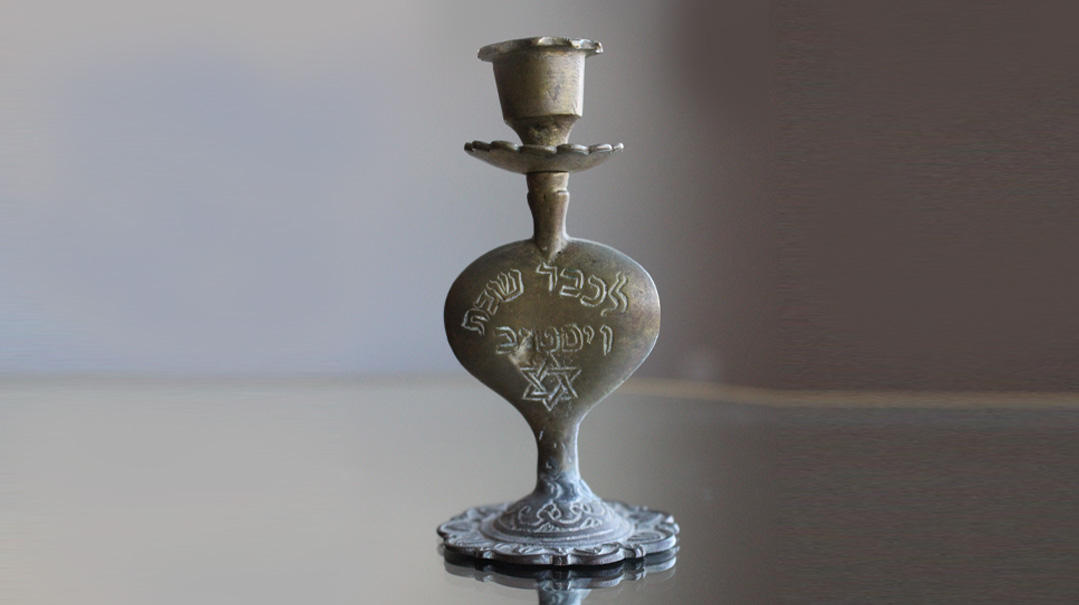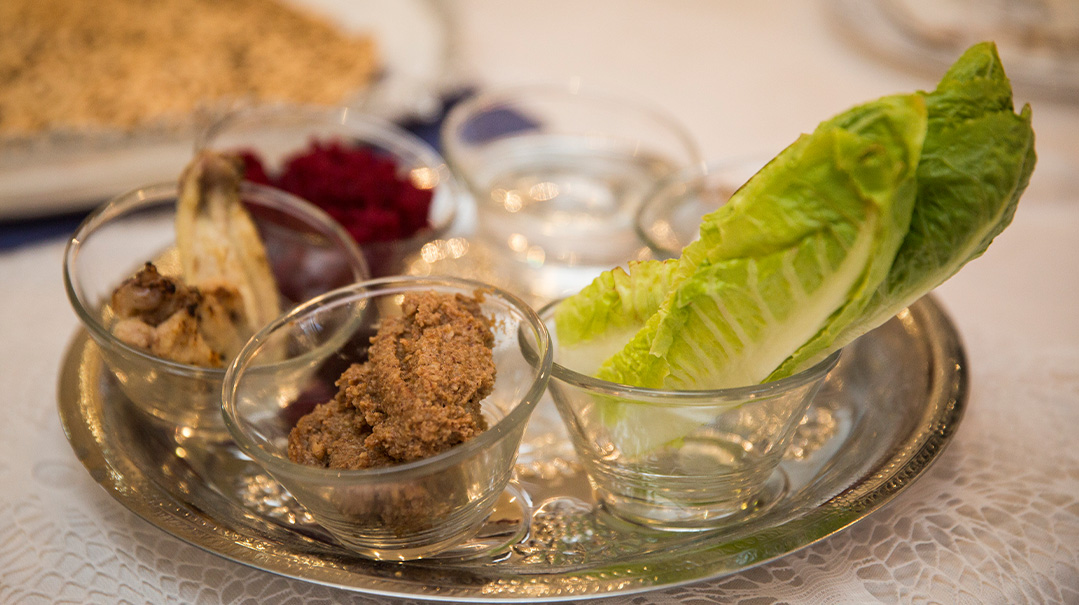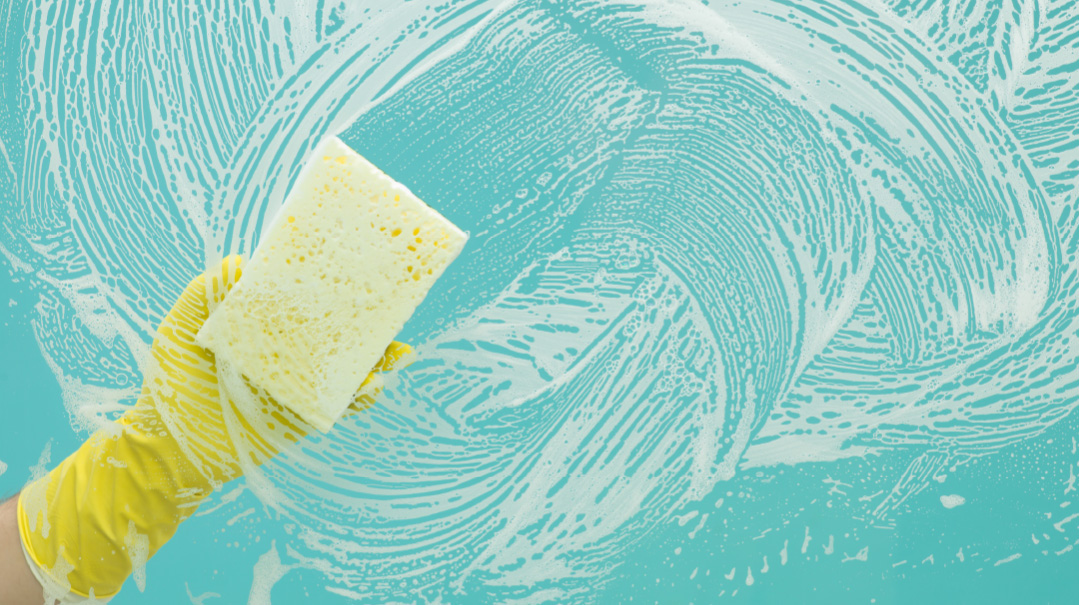The Final Chapter

I was her hospice nurse — and she entrusted me with her story

I
’ve been a nurse for more than a decade now, and a hospice home care nurse for the past five years. I’m with my patients at their most vulnerable moments. I’ve experienced the full gamut of emotions, sometimes all in one hour. There are things I’ve seen that I can’t unsee, things I’ve felt I can’t unfeel. Some days I question why I ever went into this field. Other times I realize how lucky I am to spend time in an environment that spurs me to think about what kind of person I want to be, what I want to do with the time I have on this earth.
I've been with people at their most vulnerable. I’ve seen strong looking men dissolve into tears, and meek women act as the rock for their families. I’ve seen some families rise to the occasion and others families crumble under the pressure. I've seen individuals embrace the opportunity to share their feelings and love at the end of their lives, and I’ve seen others take their secrets to the grave. I’ve seen people pass peacefully with their families surrounding them, and I’ve held the hands of those taking their last breaths all alone.
I’ve been part of so many stories, but only at the end, always wishing I’d known my patients earlier in their journeys. It’s not easy to see past the exterior of sickly, elderly individuals, locked away in their own heads, unable to share the rich life experiences they must have had. But every so often I’ll have an alert, oriented patient, who’s able to paint that bigger picture for me, and I’ll catch a glimpse of the vibrant person they once were.
It was a beautiful, sunny day in July 2017 when I met Miriam Rosenberg* for the first time. With a name like Miriam, I knew she must be Jewish, and I felt the familiar tingle of excitement mixed with worry that I always feel when I have a Jewish patient. Will I make a kiddush Hashem? Will I help this Yiddishe neshamah on its final journey to Olam Haba?
Miriam’s daughters, Judy and Cheryl, greeted me with warm smiles. We talked about their mother’s recent hospitalization for aspiration pneumonia and their decision to put her on hospice services. We talked about the terrible disease that is Alzheimer’s, the dreaded monster that had overtaken their mother’s brain, and the fear that one day she wouldn’t recognize them anymore. We talked about the caregivers they’d hired, the guilt they bore that they couldn’t stay at her bedside more, and their relief that the caregivers were so loving towards their mother. And then we talked about religion.
“I’m Jewish, too,” I told the sisters. I saw Judy’s face light up, and a look of relief fell across Cheryl’s. Though not frum, they were strongly affiliated, and both were overjoyed at the revelation. It had been immensely difficult for them to sign their mom onto hospice, and this felt like a little hug to them. Judy had tears in her eyes as she talked about how they planned to sit shivah for their mother when the time came.
“Would you like to meet Ima now?” Cheryl asked me as the conversation wound down. I went into the next room and finally met Miriam.
Miriam and I forged an immediate connection. Her face shone and her smile reached her eyes. “Shalom, motek,” she whispered, as she took my hands in hers. I felt my breath catch in my throat at the familiar term. Sitting in the chair next to her, I did a quick head-to-toe assessment, and then asked her to tell me her life story. And what a story she had.
Miriam Herman was born in 1931, in Makassar, Indonesia, where her father was working as a pharmacist for the Dutch military. In 1936, the Hermans returned home to Rotterdam, but when the Germans invaded the Netherlands four years later, Miriam’s idyllic life was destroyed.
Sensing the murderous consequences of deportation, in 1942, Miriam’s family separated and went into hiding. From January of 1943, until liberation on May 10, 1945, Miriam and three other Jewish children hid in the home of a righteous gentile, Petronella van Vilet. Miriam’s parents hid in a church attic and her two sisters hid in seven different addresses between them. Miraculously, all five of the Hermans survived the war.
In 1948, Miriam started a new life in Israel, working on a kibbutz with other young adults. Two years later, she married David Rosenberg, a survivor who had also been in hiding during the war. Seven years later, in 1957, the couple immigrated to America with their children, Judith and Cheryl. David worked in a factory and Miriam took in ironing. A son, Jacob, and daughter, Bess, joined the family, and soon after, David opened his own appliance shop while Miriam handled the business aspect of it. Then she decided to volunteer for EMS, and began working as a nurse’s aide as well.
In 1995, both she and David retired following a life of terror, hard work, raising a family, and humanitarian efforts. In 2003 David passed away, and while Miriam was alone, she remained vibrant and strong for many years, until 2012 when Alzheimer’s crept in.
I looked at the woman before me, now only a shell of her former self, in awe. As her story wound down (with much help from Cheryl and Judy), there wasn’t a dry eye in the room. I could tell it had been arduous for Miriam to retell her story; every so often she would zone out, as if remembering a detail too painful to share. Then she took my hand and said quietly, “You need to share my story. This one can’t get lost.” I nodded, unable to trust my voice, and silently promised that I would.
We enjoyed a beautiful relationship. Yes, Miriam was on hospice, and yes, her prognosis was poor, but she still had a vibrancy to her that was unparalleled, and I enjoyed every single visit I made to her over the years that she was on my service.
I’d see Miriam once a week, and would email updates to Judy and Cheryl if they weren’t home, always making sure to include a cute story or sharp line that Ima had said. I became close with the caregivers too, and enjoyed chatting with them as we assisted Ima together. And I valued the opportunity to hear Miriam’s nuggets of wisdom, though sometimes they were masked beneath a layer of confusion and gibberish.
When the nightmares started, the whole family was alarmed. “The rats! The rats!” Miriam would yell at three o’clock in the morning, clutching her blankets in fear and thrashing in bed. We tried different medications, but it took a while until we found the right one. Sleep returned and calm prevailed once again in the home.
One day we were sitting around the table discussing Ima’s response to the medication when Judy sat up straight with wide eyes and snapped her fingers in understanding. “Rats! They were under the floorboards! Ima told me that once!”
She shared what Miriam had told her about her three years hiding in a gentile home. Whenever suspicious Germans had ransacked the house, little Miriam would run to her hiding place in the ground, beneath the floorboards, and wait anxiously. And while she would wait, she’d hear and feel the rats, their beady red eyes shining in the darkness. Bathed in sweat, Miriam would wait for what felt like an eternity, without uttering a sound.
When the Germans left, she would leave her hiding spot, curl up in a tight ball in the corner, and shake uncontrollably. And now her nightmares had transported her back to that terrible time.
I felt so grateful we’d found the right medication to help her after so many failed attempts. The idea of Miriam reliving that horrific period was too awful for any of us to bear.
As time passed, Miriam retreated farther and farther into herself. There were days I’d come to visit and she would stare at me, trying to place my face. Then there would be the lucid moments, increasingly few and far between, when her expression would clear and she would sigh, “Oh, Ilana, it’s you, motek.”
We had to adjust her medications a few more times, as the nightmares returned, and she started developing skin breakdown as she became more bedridden. Judy and Cheryl became increasingly despondent and subdued as time went on. It was obvious the end was near.
When I walked into the house for my weekly visit on Chanukah of 2019, I was greeted by Judy, Cheryl, and Miriam, sitting around the dining room table with a festive bag in front of them. It was a shock to see Miriam sitting in her wheelchair at the table, and it took me an extra second to register the gift in front of her.
“What’s this?” I exclaimed in surprise, as Judy and Cheryl smiled widely.
“A Chanukah gift, dear,” Judy said with a grin. “You’ll probably get more use out of this than we will, and we’d love to pass on Ima’s legacy to you and your family.”
She pushed the bag closer to me and I gently pulled out a beautiful, ancient-looking candlestick with an inscription etched on: L’zecher Shabbos v’Yom Tov.
“This belonged to Ima, but she won’t be using it anymore. We want you to have it,” Cheryl told me quietly.
Tears coursed down my cheeks. What had this candlestick witnessed? Where has it been? Where was the other one? What story did it hold? I would never know. When I returned home that night, I placed the lone candlestick inside the cabinet with all of my Shabbos dishes and gazed at it for a long time.
Every patient I’ve ever had has touched me in one way or another. It’s impossible not to be affected by seeing people edge closer to death. I’ve learned from my patients about life’s fragility, of the gratitude we need to have for every day, and of the legacy that every person has the chance to leave.
But Miriam sticks out in my mind. She taught me so many life lessons — the most important one to fight and never give up. Even though she was secular most of her life, she held on to tradition, and her children were raised as proud Jews. Her pintele Yid lived on.
Ima passed away after two-and-a-half years on hospice care, in December of 2019, right after her daughters gave me the candlestick. It was a peaceful passing, with all of her beautiful children, grandchildren, and great-grandchildren surrounding her as we said Shema and Vidui.
I was so sad for the family’s loss; Ima had been a matriarch and such an important figure to them. But I was glad she hadn’t suffered at the end, and that she’d left to the Next World with dignity. I attended the shivah and laughed and cried with the family over all the Ima-isms. We reminisced together, and they told me more stories about Ima’s incredible life. We promised to keep in touch, and we still do.
Every so often, when I’m feeling melancholy, I’ll open the cabinet and hold the candlestick. It’s a tangible representation of what I do every day, of the zechus to touch another’s life, to spread light in the darkness, to have the privilege to be there for my patients when they reach the final chapter.
* All names have been changed, except for Petronella van Vilet’s
(Originally featured in Family First, Issue 790)
Oops! We could not locate your form.






